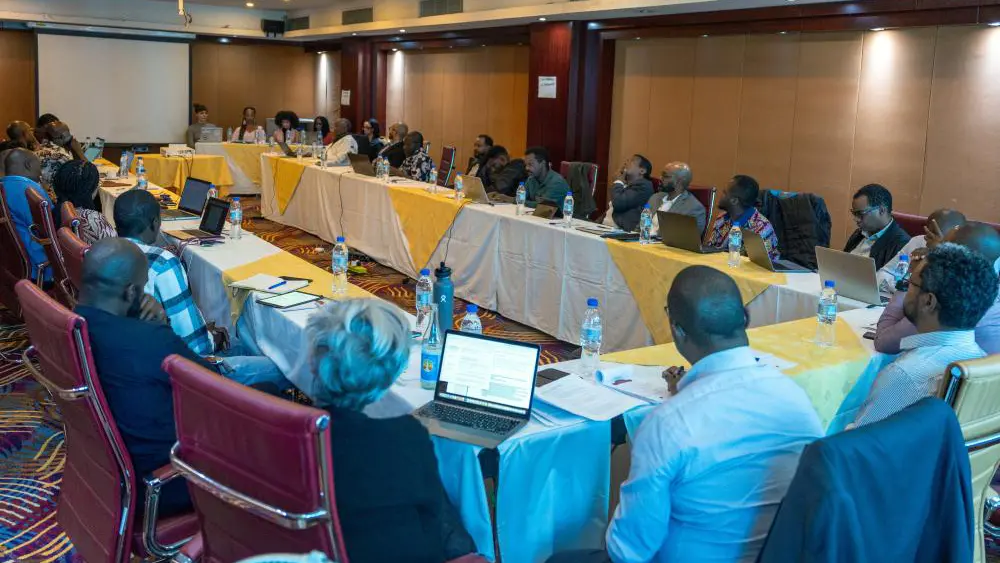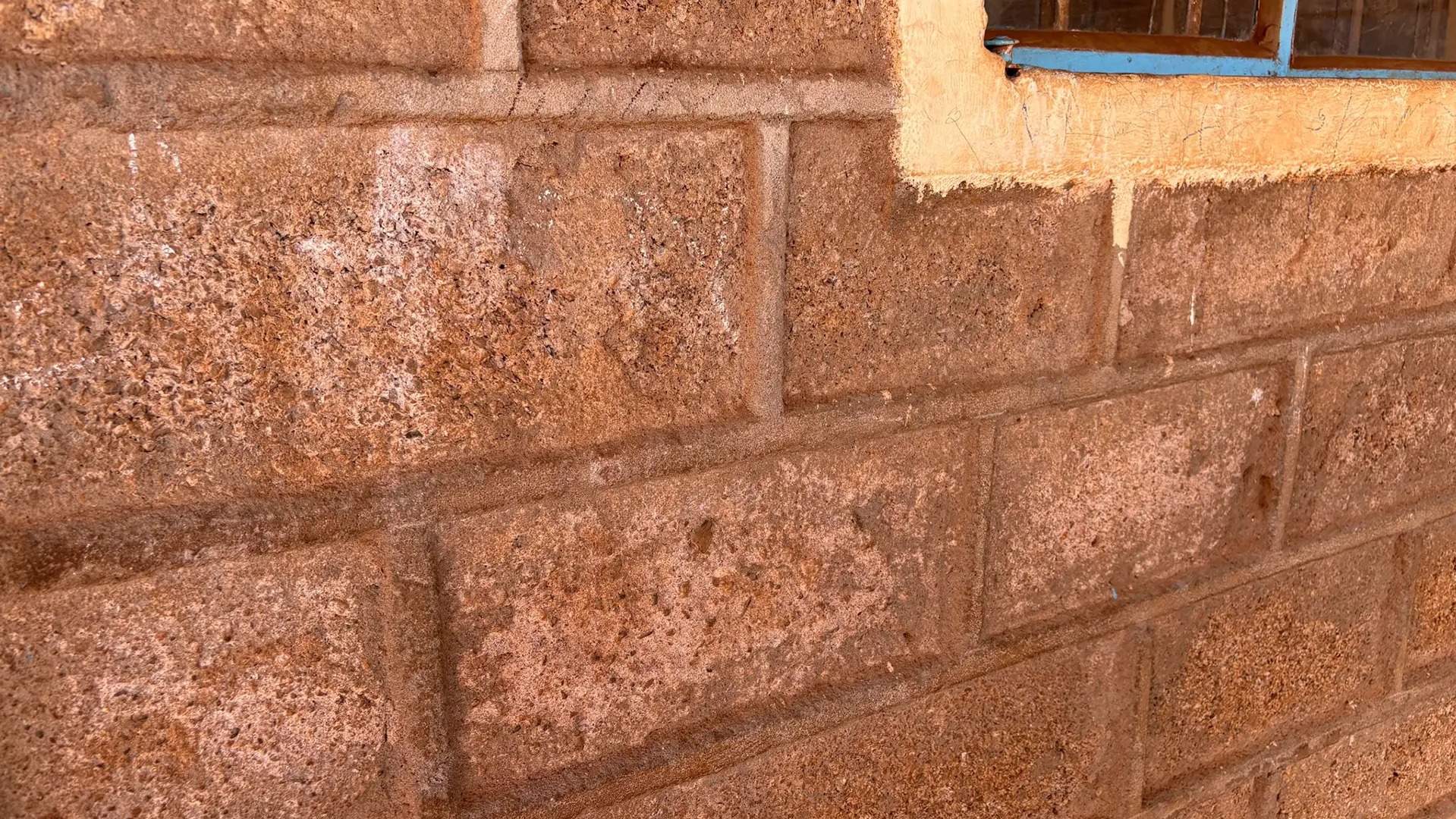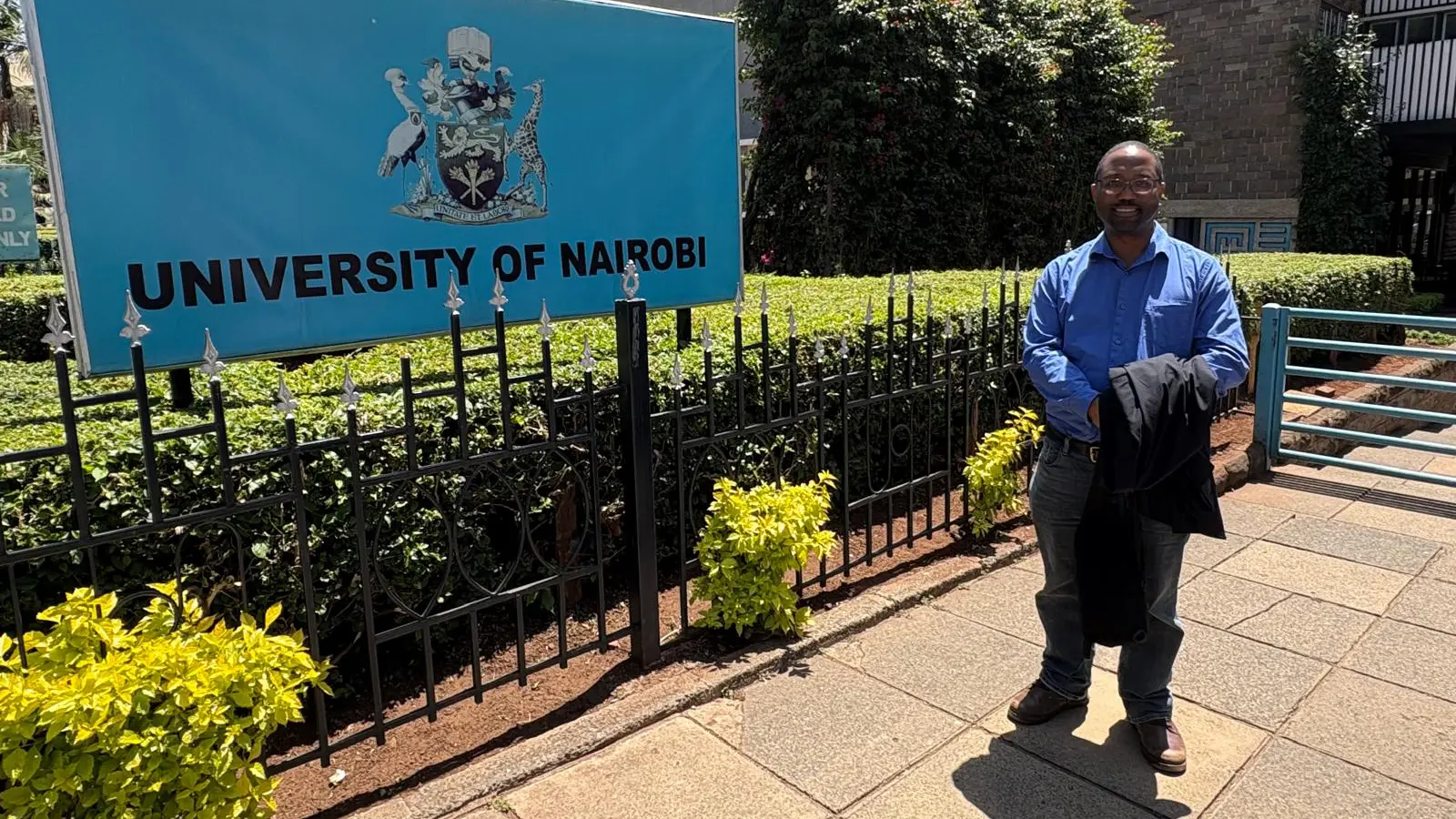Professor Michael Sharpe's Recent Trips to Ethiopia, Uganda, and Kenya
A pivotal experience, fostering new connections with African colleagues and universities
Professor Sharpe visiting the University of Nairobi.
Professor Michael Sharpe presented his significant paper titled "Reimagining Pan-Africanism and Pan-Asianism: Towards a Model of International Migration Management" and actively participated in the SOAS Centre for Pan-African Studies (CPAS) workshop, "Pan-Africanism in the Contemporary World: Policy, Politics, and Practice," held in Addis Ababa, Ethiopia, from January 8-10, 2025.

There was a heightened competition for abstracts, with some 400 applicants for this all-expenses paid trip to Ethiopia. The workshop welcomed scholars from Africa, North America, and Europe. Professor Sharpe's paper earned a place at the workshop and calls for a reimagining of Pan-Africanism and Pan-Asianism in the spirit of this year's 70th anniversary of the April 18-24, 1955 Asian-African Bandung Conference in Indonesia. This conference was originally convened to build Afro-Asian solidarity, promote economic and cultural cooperation, and confront colonialism and neocolonialism. It resulted in a declaration aimed at fostering world peace and cooperation and was a significant precursor to the Non-Aligned Movement and Group of 77 at the United Nations. Similar events have been held, including the 2005 Asian-African Summit for the 50th anniversary of the Bandung Conference, which produced the "Declaration of the New Asian-African Strategic Partnership," and the June 2024 themed event "Asia Africa We Want: Empowering the Global South by Leveraging the Bandung Spirit."
Professor Sharpe's paper challenges the status quo by asking why international migration is not pragmatically problematized. It proposes a reimagined Pan Africanism and Pan Asianism as a solution to facilitate agreement in international migration and address Bandung +'s goals. This unique perspective could potentially pave the way for the world's first rights-based migration management systems.
After the workshop, Professor Sharpe traveled to Uganda to visit friends and even saw a gravesite of the Buganda kings called Kasubi Tombs, as well as the source of the River Nile. The White Nile and the Blue Nile meet in Ethiopia, flow to Khartoum, Sudan, and then to Egypt, eventually emptying into the Mediterranean Sea.

From there, Professor Sharpe traveled to Kenya to see a friend and to visit Kajiado, Kenya, a town about 80 kilometers outside of the capitol, Nairobi. At 19, he volunteered to help build an elementary school classroom. The school's principal showed him the very bricks they had made, which now form the classroom walls. This personal connection to the community was a deeply moving experience for Professor Sharpe. He noted that Nairobi, a large and cosmopolitan city, resembles New York City in many respects.
He also visited Kibera, the largest slum in Africa, and was astounded at the residents' ingenuity and resilience. Their ability to thrive in such challenging conditions is truly inspiring.
From Nairobi, Professor Sharpe flew back to Addis Ababa, where he experienced the Ethiopian Orthodox Church's Timkat celebration of the Epiphany. Then, the next day, he returned to New York.
Professor Sharpe said this trip was "a pivotal experience, fostering new connections with African colleagues and universities. I hope the report of my journey will inspire the York community to seek out Africa's wonders and beauty."

